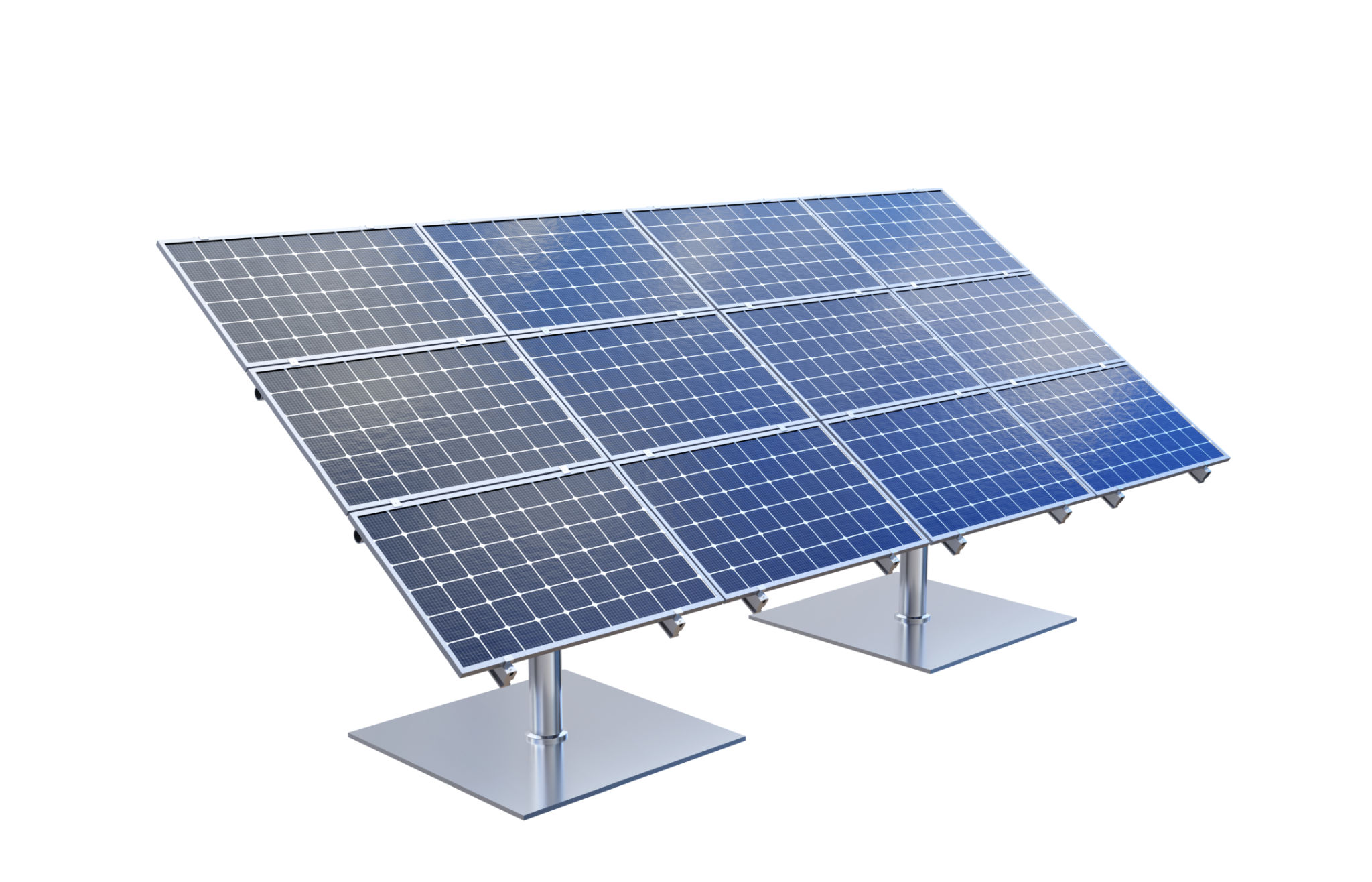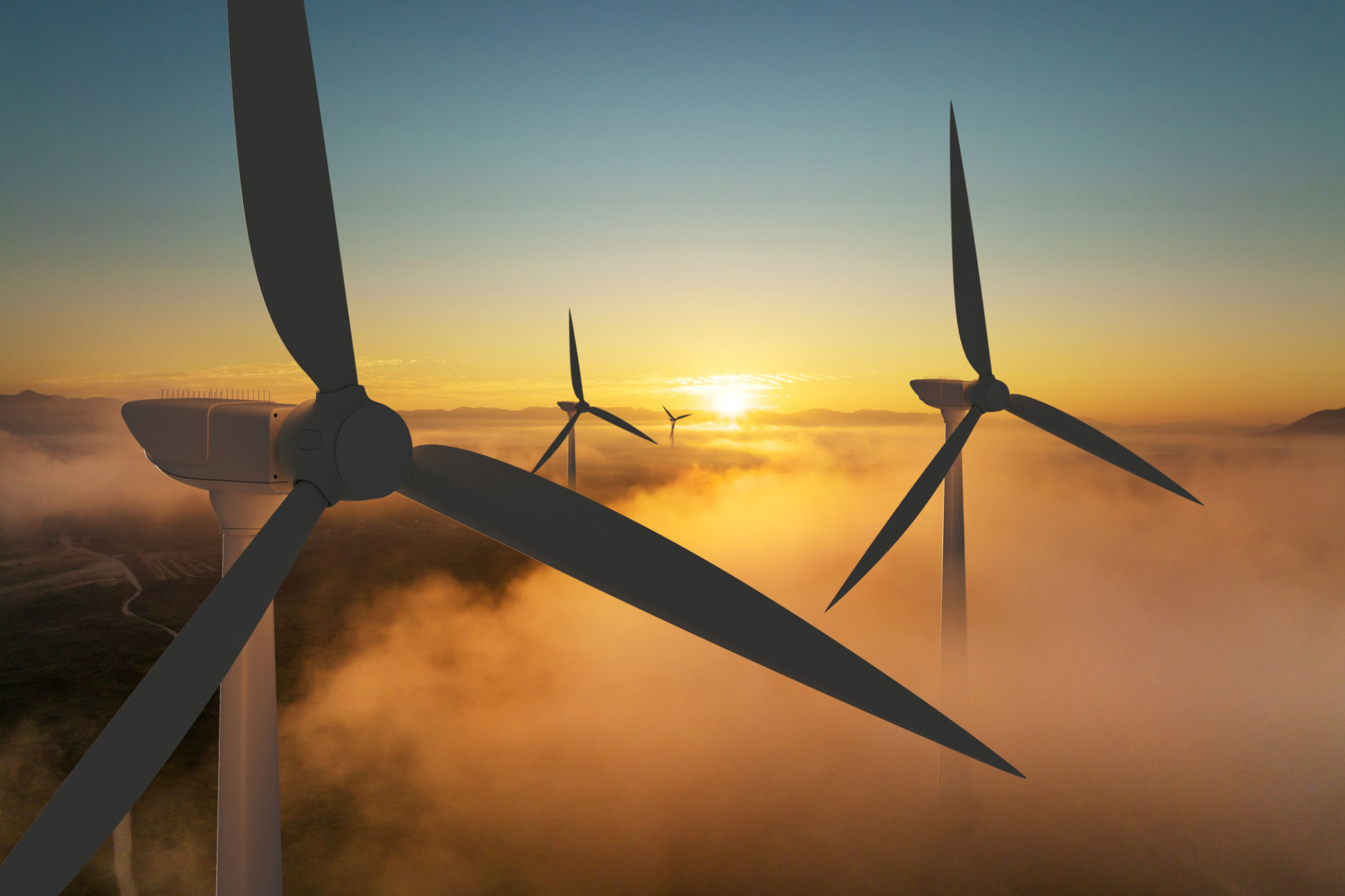Debunking Myths about Clean Energy: What You Need to Know
Introduction to Clean Energy Myths
Clean energy is a hot topic, often surrounded by a multitude of myths and misconceptions. As the global push for sustainable energy sources gains momentum, it's essential to separate fact from fiction. In this post, we'll debunk some of the most common myths about clean energy and provide you with the information you need to make informed decisions.

Myth 1: Clean Energy is Too Expensive
One of the most pervasive myths about clean energy is that it's prohibitively expensive. While this may have been true in the past, technological advancements have significantly reduced costs. The price of solar panels and wind turbines has dropped dramatically, making clean energy more affordable than ever. In many parts of the world, renewable energy sources are now cheaper than traditional fossil fuels.
Additionally, the initial investment in clean energy is often offset by long-term savings. For instance, homeowners who install solar panels can see a significant reduction in their electricity bills over time. Many governments also offer incentives and tax breaks to encourage the adoption of renewable energy, further reducing costs.
Myth 2: Clean Energy is Unreliable
Another common misconception is that clean energy is too unreliable to meet our energy needs consistently. Critics argue that because solar and wind power are dependent on weather conditions, they can't provide a stable energy supply. However, advancements in energy storage technology have greatly improved the reliability of these sources.

Innovations like battery storage systems allow for excess energy generated during sunny or windy days to be stored and used during periods of low production. Furthermore, a diverse mix of renewable sources can provide a more stable and reliable energy grid. By integrating various forms of clean energy, we can reduce dependence on any single source and enhance overall reliability.
Myth 3: Clean Energy Can't Power the Entire Grid
It's often claimed that clean energy alone isn't capable of powering an entire electrical grid. While it's true that transitioning a whole grid to 100% renewable sources is complex, it's not impossible. Countries like Iceland and Norway have already achieved significant milestones in using renewable energy to power their grids.
- Iceland: Nearly 100% of its electricity comes from renewable sources, primarily geothermal and hydropower.
- Norway: Over 98% of its electricity is generated from renewable sources, predominantly hydropower.

These examples demonstrate that with the right infrastructure and policies, clean energy can indeed power entire grids. As technology continues to advance, more countries are likely to follow suit.
Myth 4: Clean Energy Causes Environmental Damage
Some skeptics argue that clean energy projects cause significant environmental harm. While no energy source is entirely without impact, renewables tend to be far less damaging than fossil fuels. For instance, the production and disposal of solar panels have been criticized for their environmental footprint; however, these impacts are minimal compared to the environmental degradation caused by coal or oil extraction and use.
Moreover, as awareness grows, industry standards are improving. Efforts are being made to recycle solar panels and minimize the ecological footprint of wind farms. It's crucial to weigh these impacts against the severe consequences of continuing fossil fuel dependence.
Conclusion: Embracing Clean Energy
The transition to clean energy is not just feasible but necessary to combat climate change and ensure a sustainable future. By debunking these myths, we hope to clarify misconceptions and encourage a more informed discussion about renewable energy's role in our world. As technology advances and adoption increases, clean energy will play a pivotal role in shaping a greener tomorrow.